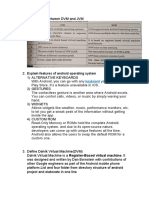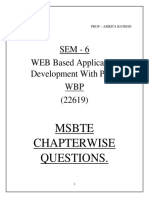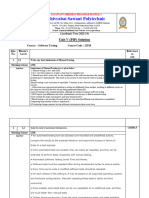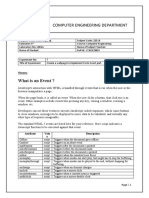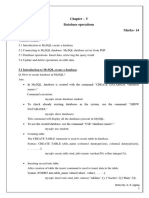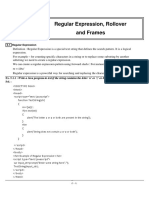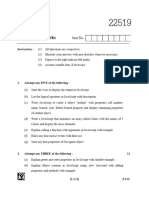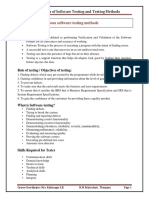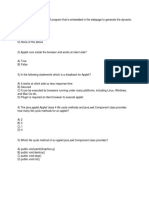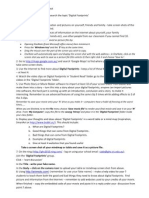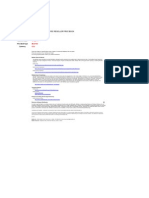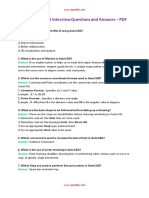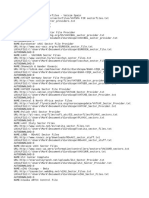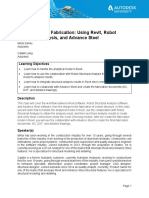0% found this document useful (0 votes)
313 views22 pagesUNIT-VI Notes Adavance Java
Servlets allow servers to dynamically generate web pages in response to client requests. Servlets are Java programs that run on web servers and can access databases to query for information to include in web pages. The servlet lifecycle involves initialization, processing requests, and destruction. To create a servlet, developers extend the HttpServlet class, implement request handling methods like doGet(), and map the servlet to a URL pattern in web.xml. Cookies can be used to maintain state across client requests by persisting small pieces of information in the user's browser.
Uploaded by
Rupesh BavgeCopyright
© © All Rights Reserved
We take content rights seriously. If you suspect this is your content, claim it here.
Available Formats
Download as PDF, TXT or read online on Scribd
0% found this document useful (0 votes)
313 views22 pagesUNIT-VI Notes Adavance Java
Servlets allow servers to dynamically generate web pages in response to client requests. Servlets are Java programs that run on web servers and can access databases to query for information to include in web pages. The servlet lifecycle involves initialization, processing requests, and destruction. To create a servlet, developers extend the HttpServlet class, implement request handling methods like doGet(), and map the servlet to a URL pattern in web.xml. Cookies can be used to maintain state across client requests by persisting small pieces of information in the user's browser.
Uploaded by
Rupesh BavgeCopyright
© © All Rights Reserved
We take content rights seriously. If you suspect this is your content, claim it here.
Available Formats
Download as PDF, TXT or read online on Scribd
/ 22




